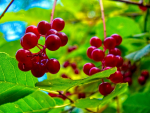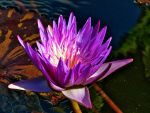- Joined
- Dec 24, 2018
- Messages
- 195
- Reaction score
- 157
Just wanted to ask what’s your experience with shooting in D-LOG? I always hear that it offers more dynamic range but I feel like this is not really true (or at least with the implementations in drones) and that it’s just a color profile which is less „opinionated“ but besides making it easier to edit it offers nothing more.
I try to focus on recording and color grading in D-Log at the moment, but sometimes get the feeling like shooting in natural setting gives me a better end result or at least an easier one without really anything missing quality wise.
What’s your experience ? In some forum I heared that it would require a much higher Bitrate to really have more information in D-Log than what’s available in drones.
And of you shoot in D-Log, what’s your current workflow? So you adjust the image first to certain settings or apply a LUT first and then optimize the result?
I try to focus on recording and color grading in D-Log at the moment, but sometimes get the feeling like shooting in natural setting gives me a better end result or at least an easier one without really anything missing quality wise.
What’s your experience ? In some forum I heared that it would require a much higher Bitrate to really have more information in D-Log than what’s available in drones.
And of you shoot in D-Log, what’s your current workflow? So you adjust the image first to certain settings or apply a LUT first and then optimize the result?




